
Are Lab-Grown Diamonds Better Than Natural Diamonds?
There’s a lot of discussion now about lab-grown diamonds, also known as man-made diamonds vs natural diamonds and which people are preferring these days. The Wall Street Journal even dedicated an entire article to analyzing the debate.
“For engagement rings, are natural diamonds on the way out?” the publication headline its story, and then asked “A new crop of jewelry makers using lab-grown and recycled diamonds, as well as recycled metals, appeal to millennials and other customers who like knowing exactly where their purchases come from. Could the trend foretell a permanent shift?”
Indeed, lab-created diamonds are being used more and more for engagement rings. As the hardest crystal on the planet, natural diamonds are formed under intense heat and pressure but technology and innovation have been able to achieve what once was unimaginable: growing real diamonds in a lab. At a molecular level, lab-grown diamonds also offer the same chemical composition, down to the atom, as natural diamonds and are in fact 100 percent conflict free and ethical. They are also an environmentally friendly, affordable and sustainable alternative to mine diamonds.
“Because of the growing popularity of lab-grown alternatives for reasons that vary among buyers, this segment of the market has swelled by 15 to 20 percent annually,” according to the lifestyle publication 425 Magazine.
Truly the only difference between mine diamonds and lab-grown diamonds is how they were created. To the naked eye, you can’t tell the difference between the two. And if you think lab-grown diamonds are not actually diamonds, by definition from the Gemological Institute of America (GIA) and the Federal Trade Commission a lab-grown diamond has the same crystal structure and chemical, optical, and physical properties as mine diamonds, 425 Magazine reported.
“Many years ago, we used the sliver of an ethically sourced mine diamond, and now all seeds are created through our own growing process in a sustainable loop,” said Brittany Lewis, chief marketing officer for WD Lab Grown Diamonds when explaining the creation process. “Once we have the batch of seeds selected, we measure, clean, and assemble them on what is called a ‘seed plate,’ and this is put in our proprietary growth chamber.”
“We replicate the growing process of a mine diamond but much faster,” she continued. “First we add a recipe of gasses like hydrogen and methane into the chamber, which is then ignited by microwaves creating a plasma ball. Carbon is then released, and we remove the diamonds where they are then cut by precision lasers.”
Depending on the specifications you want, the process of making a diamond in a lab usually takes several weeks while the planning and cutting processes are the same as to what mine diamonds go through.
For more information, check out Allurez’s lab-grown diamond index or read more about lab-grown diamonds here.

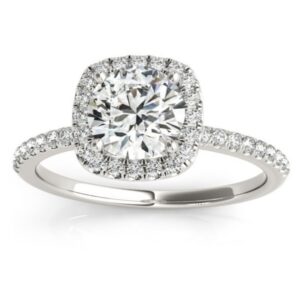
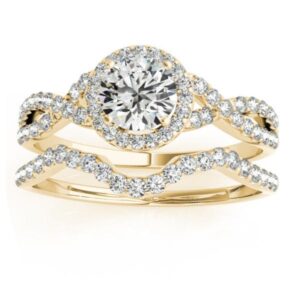
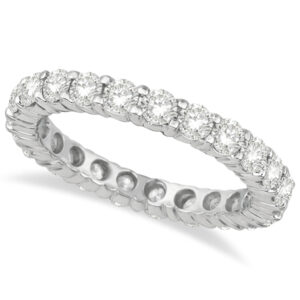



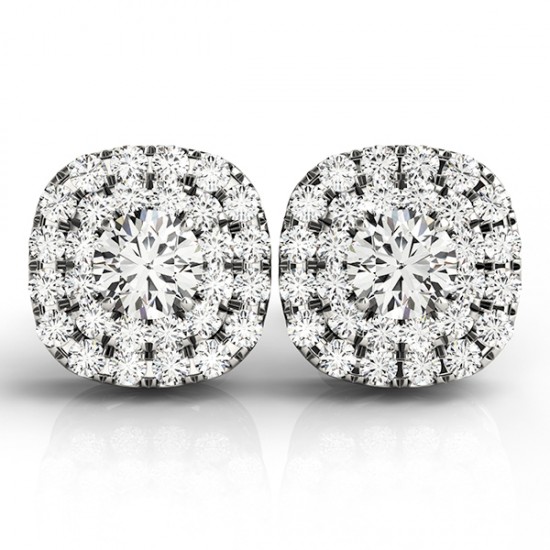
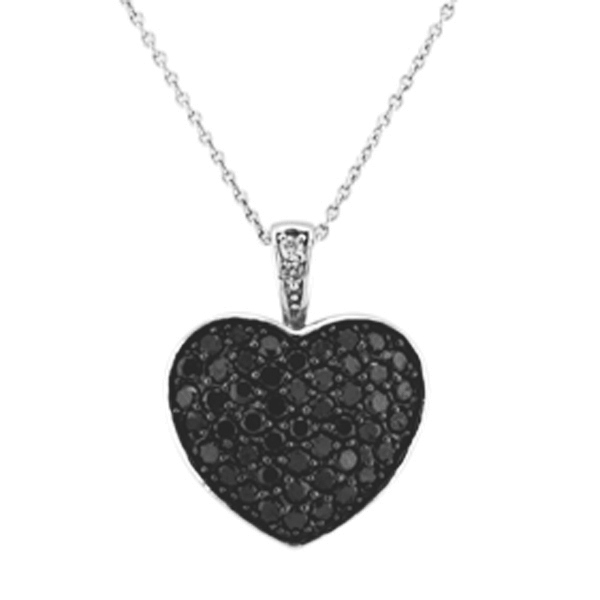
POST COMMENT